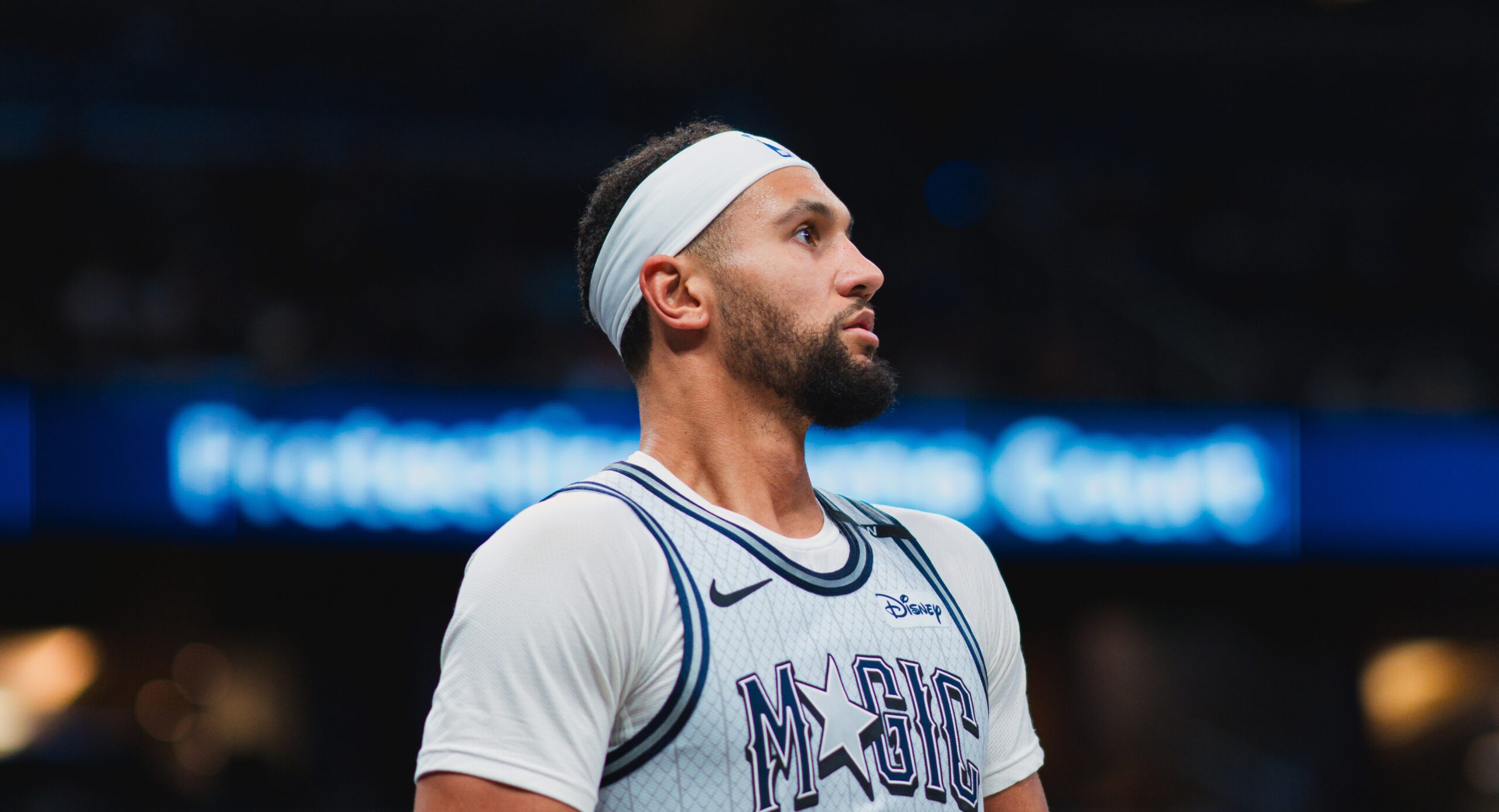
The Cincinnati Bengals are home to numerous talented athletes, but the pressing question remains: Will the organization allocate the necessary funds to compensate them fairly?
Quarterback Joe Burrow, who has received a well-deserved financial reward, expressed last week that the Bengals “have the financial flexibility to retain their top players currently in need of new contracts, which include wide receivers Ja’Marr Chase and Tee Higgins, defensive end Trey Hendrickson, and tight end Mike Gesicki.
Burrow emphasized, “I want to make it happen. We all want to stay together. When motivated players are committed, I believe we can achieve our goals.”
Additionally, Burrow indicated his openness to restructuring his contract. During an appearance on the Pardon My Take podcast, he provided insights into this process, thus putting additional pressure on management to act accordingly.
As Burrow explained, “You could convert some of the salary into a signing bonus, which would reduce the immediate cap impact. You can also defer some payments to the later stages of the contract. When you reach the latter part of the deal, you can restructure it again and convert it to a signing bonus, or simply choose to accept a pay cut.”
It’s relatively uncommon for elite quarterbacks to accept reduced salaries while still in their prime, and it’s rare for them to postpone compensation to future years. Most players typically opt to lower their current salary to the league minimum and turn the rest into a signing bonus.
Currently, Burrow’s contract includes a $25.25 million base salary and a $10 million option bonus due in 2025, resulting in a total cap figure of $46.25 million. His minimum salary is set at $1.17 million, allowing for $24.08 million of his base salary to be transitioned into a signing bonus, spread out over several years.
If this were structured over five years, it could generate $19.264 million in cap space without reducing Burrow’s actual earnings or postponing any of his cash payouts.
This move would elevate the Bengals’ projected cap space for 2025 from $49.467 million, according to spotrac.com, to $68.731 million. Signing a new deal for Chase would also lower his $21.8 million cap figure associated with the fifth-year option.
The takeaway is that solutions exist. Burrow noted, referencing the reigning Super Bowl champions, “The Eagles are managing to pay everyone; that seems to be the ideal approach.”
Yet, navigating the intricacies of salary caps is one challenge; ensuring the cash flow to make substantial payments is another. The primary concern in Cincinnati appears to revolve around cash distribution rather than cap management.
Bengals owner Mike Brown stated last year, “You can’t simply pay players without considering the impact.” While that’s theoretically possible, the question persists: Is there a willingness to do so?
The Bengals committed to Burrow because it was a necessary decision. However, with other players, they may be more inclined to reload with cheaper draft picks and let higher-priced veterans depart. They did so with safety Jessie Bates III and were considering a similar path with running back Joe Mixon until a trade opportunity arose with the Texans.
For Higgins, who would command $26.16 million in 2025 if tagged again, retaining him instead of selecting a replacement becomes a costly endeavor—especially if Chase expects a salary over $40 million annually, which he certainly merits.
This encapsulates the Bengals’ dilemma. While cap calculations can be managed, the real question is whether they possess the liquidity to support Burrow and his teammates financially. Will they step up and provide Burrow with the resources to keep a competitive team intact, or will they hesitate and hold back on expenses?
Should the Bengals choose the latter path, it could lead Burrow down a similar path that Carson Palmer once faced.
Palmer articulated this concern in 2019: “[If] the financial aspects are prioritized over winning, you’re not going to succeed. It’s crucial that ownership is willing to invest to achieve victories.”
After eight years in Cincinnati, Palmer concluded that winning was not the organization’s top priority. As Burrow prepares for his sixth season, he is essentially challenging the front office to demonstrate that priorities have indeed shifted.
If they haven’t, the critical question will be whether Burrow, like Palmer, will ultimately decide that he has reached his limit.










